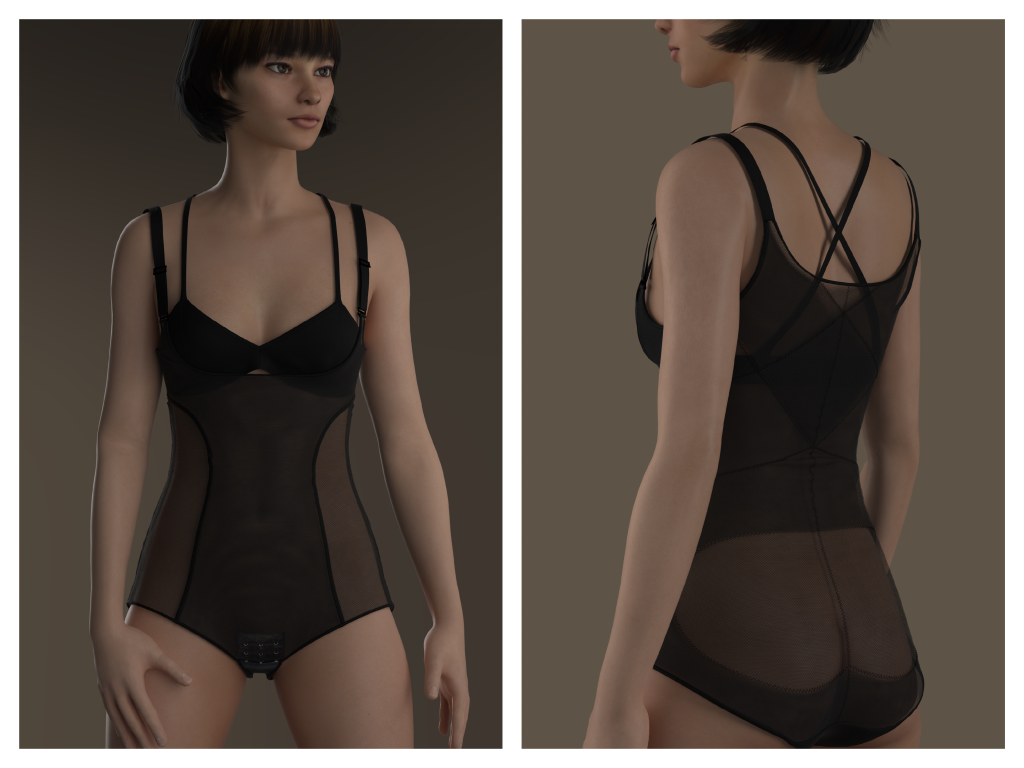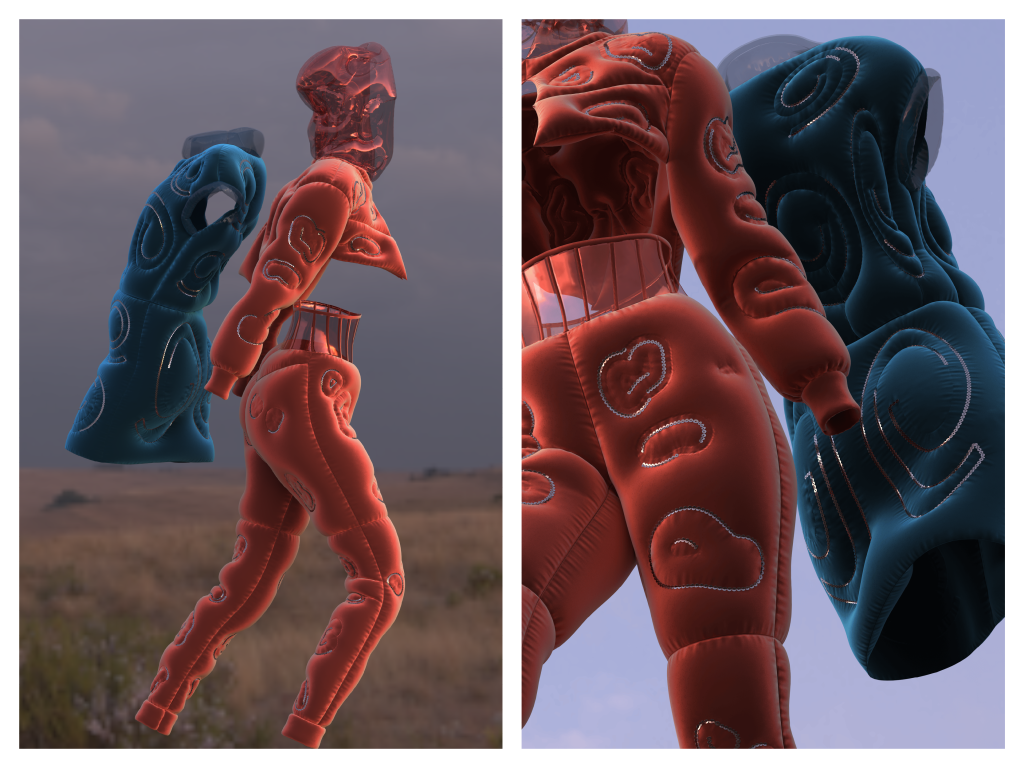Digital Diversion: A Lens on the Post-Pandemic Fashion Evolution
The title is honestly the easiest way for me to explain my journey as a creative individual in the fashion industry for the past few years. But perhaps a bit more clarity is needed so let’s go….
The story begins in India, where I, Benita Menezes [Hello], began my undergraduate programme in fashion design. However, this piece isn’t about me; rather, it’s about how, unknowingly, I transitioned alongside the fashion business to a more digitised world.
I began to work for CLO3D in 2019 – a 3D fashion software company straight out of my undergraduate course. CLO3D is a 3D programme creating virtual, true-to life garment visualization with cutting-edge simulation technologies for all designers. CLO3D, at that point, was being used but maybe not as extensively and so I did not need any real 3D experience for the job. They were looking at attitude and the ability to merge well with the current team as a turning point. However, the future of CLO3D did a whole 180 degree turn when the pandemic hit.

Starting out at a job where you need to be the best at the software was both daunting and exhilarating. As I delved into the world of 3D, it felt like stepping into a digital atelier of boundless possibilities. The sleek lines of virtual garments danced before my eyes, their vibrant colours and intricate patterns coming to life on the screen. With each click, I could feel the palpable excitement of turning my creative visions into three-dimensional masterpieces. The hum of the computer and the soft glow of the monitor enveloped me, creating an immersive atmosphere where art and technology seamlessly merged. The software is essentially a designers dream because you don’t need to do sketches or check fits or any other nitty gritty. It quite literally assists you in making sure your patterns make sense – with a few clicks you can know for yourself and create changes in a few more clicks or seconds too.
The COVID pandemic marked a significant turning point for the software and for us because, if you can’t meet in person, you have to do it digitally, and what better tool for that than a 3D software that can show you exactly what you need to? Large corporations began utilising 3D to such an extent that we witnessed digital clothing being marketed and digital runways emerging from everyone’s best far-fetched vision. The Metaverse Fashion Week, which was held in Decentraland, was the best illustration of this. Over 70 labels, including Tommy Hilfiger, Dolce & Gabbana, and Karl Lagerfeld, participated in branded catwalks during the NFT fashion show to display their collaborations with well-known digital designers. We are all aware of the NFT boom, but without competent 3D software, how would all those 3D assets get created? Brands like Hugo Boss, Nike and Adidas have moved towards 3D and have produced some great results. We also had Anifa Mvuemba, the Congolese designer of contemporary brand, Hanifa, who debuted her 2020 collection on Instagram Live via 3D models. It was a daring step forward and a joy to see technology and fashion represented in a way that went beyond pandemic restrictions.
The future of fashion, in my opinion, is in 3D. Being sustainable is crucial as we move forward in these times, not just in terms of being innovative and original. I learned much more about the 3D world in avatars and virtual world creations than just 3D fashion, and it was like discovering a brand-new cosmos that was the result of art with technology.
I continued to Nottingham Trent University in 2022 for my master’s in international fashion management, where I had the chance to collaborate with the course leader on a research project that produced an immersive buying experience similar to Pangaia’s VR experience in the Antarctic showcasing their winter collection.

Fashion technology, as I mentioned earlier, is constantly evolving. We began with 2D then to 3D and now we have alternate realities and virtual realities which are also transitioning slowly into Artificial Intelligence. In this research project we explored ideas using AI at the beginning; using Imagine AI we put in descriptions and generated images that we then adjusted to best showcase our idea. Then I set out to create the garments in CLO3D while also exploring a bit in terms of avatars and animations using Mixamo which is an animation software.
Working for those two and a half years in 3D when it wasn’t as big as it is now really gave me an edge. It helped me when I applied for my masters, it helped me when I applied for my research project, it helped me when I put forth my dissertation proposal and it helps me even now when I want to explore designs without being restricted. 3D is helpful for people with a design background but also for others who might not be able to sketch well or those who just want to create designs without getting excessively technical.
I understand that the transition from manual to digital processes in the industry is a significant one. It is difficult to predict whether this change will be sustained over the long term because the necessary skills must be developed, and participation in this field does require a certain level of digital skills. Nevertheless, this is the way of the future, so it can only be viewed positively.
There is a quote by prominent personal development expert, Denis Waitley, who said “When you visualize, then you materialize.” And I believe that this amalgamation between fashion and computers is helping us do just that.
Author: Benita Clifton Menezes